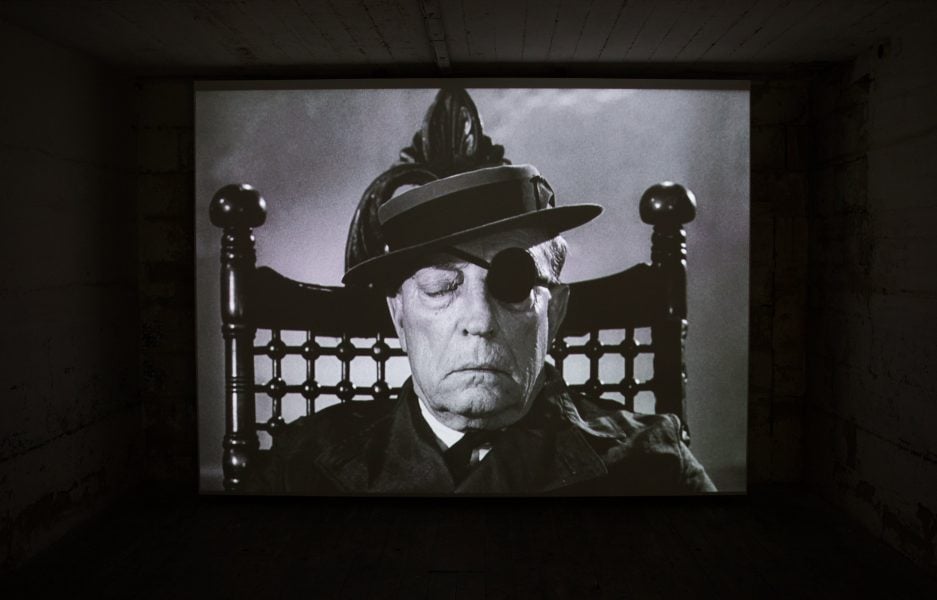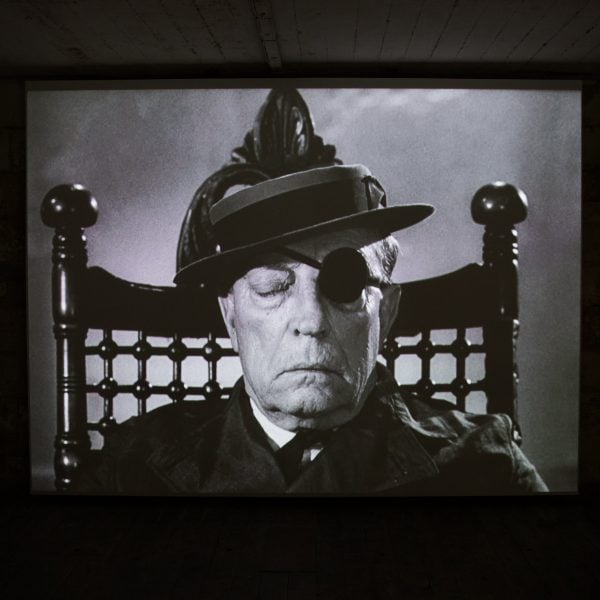Home Participants 20th Biennale of Sydney (2016) Samuel Beckett
Samuel Beckett


Samuel Beckett
Born 1906 in Foxrock, Ireland Died 1989 in Paris, France

Samuel Beckett is counted among the most important writers of the twentieth century, known for his comical wordplay of dreamscapes and nonsense. Highly regarded for his short stories, novels, poems and plays, Beckett sought to break free of established literary conventions by resisting such central devices as character and narrative, and avoiding specific references to place and time. While his works are filled with allusions to other writers – René Descartes, James Joyce and Dante, among others – Beckett invariably explores fundamental aspects of the human condition. The darkly humorous outlook exemplified in seminal works such as Waiting for Godot, 1953, has come to be associated with the ‘Theatre of the Absurd’, with its focus on humankind’s reaction to a world apparently without meaning.
Film is Beckett’s single experiment with cinema, a self-described ‘interesting failure’, dealing with the nature of spectacle and perception. Directed by Alan Schneider and starring Buster Keaton as ‘O’ (The Object), the work begins and ends with a close-up of a sightless eye and is silent save for a single ‘shhh’ at the very beginning. O spends the entire duration of the piece attempting to avoid being seen by ‘E’, the camera eye – which brings self-awareness to all with whom it comes into contact – and, through the camera, the watching eye of the spectator. In Beckett’s own words, Keaton is seeking ‘non-being, in flight from extraneous perception breaking down in the inescapability of self-perception’.[1] The premise of Film is drawn from eighteenth-century philosopher George Berkeley’s principle of esse est percipi (to be is to be perceived) and, clearly, O’s very existence conspires against his efforts.
This idea can perhaps be reconsidered in relation to the increasingly complex and multifarious connections we now have to the real. In the 21st century the equation between being and perceiving has been flipped, just as the distinction between the virtual and physical worlds is becoming ever more elusive. In digital space, it is now possible to be ever-present, invisible and anonymous: hidden in plain sight by the distancing effect of the now-ubiquitous screens of tablets, computers and smartphones connecting us to one another and to the internet.
Film interrupts the logical ordering of the visual, and yet here, the aim is to obscure – gauze covers the camera lens – and the resulting footage is textural, blurry and grainy. These deliberate interferences challenge dominant aesthetic conventions and demand a haptic eye. Predicated on and simultaneously critiquing its own form, Film proposes a different mode of looking, while at the same time undermining its logic as an artwork.[2] Continuing Beckett’s interest in extending the possibilities and boundaries of drama, here, time is disrupted through the absence of language to reveal another concept of reality: one in which any distinction between absence and presence, public and private spheres, and imagination and reality, is broken down through distortion and fragmentation.
[1] Cited in Katherine Waugh and Fergus Daly, ‘Film by Samuel Beckett’, Film West, no. 20, Spring 1995. [2] Trish McTighe, The Haptic Aesthetic in Samuel Beckett’s Drama, Palgrave Macmillan, New York, 2013, p. 5.
Samuel Beckett was a pre-eminent writer of plays, poetry, prose and criticism, but is perhaps best known for his work for the theatre – including En attendant Godot/Waiting for Godot (1952/1954) and Fin de Partie/Endgame (1957) – and his novels – in particular, Molloy (1951), Malone Dies (1951) and The Unnamable (1953). In 1969 he was awarded the Nobel Prize for Literature.